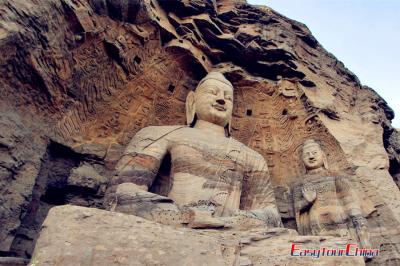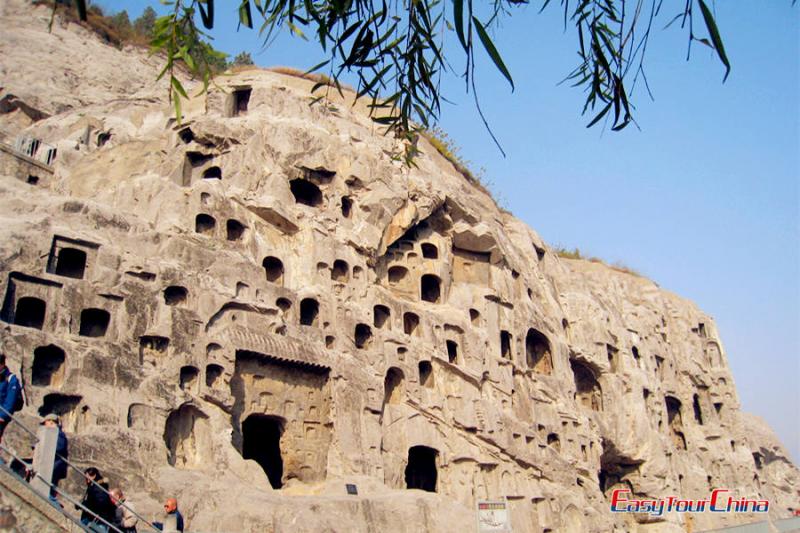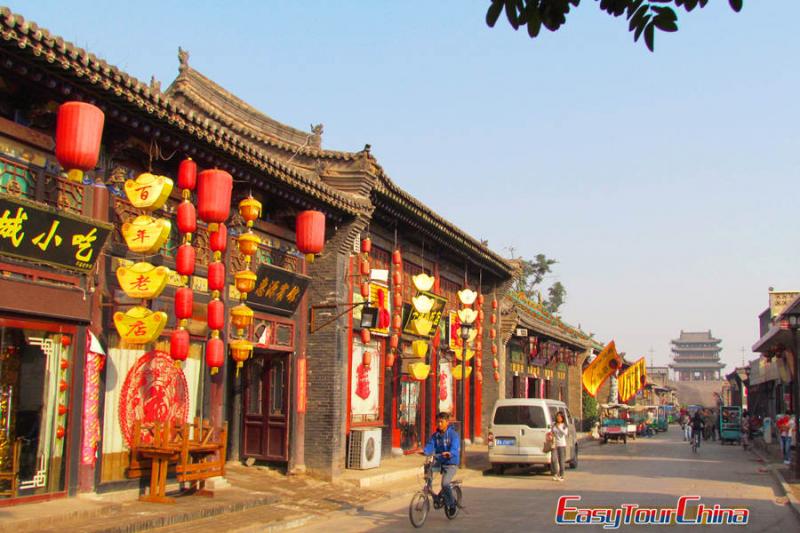Zhangbi Ancient Castle
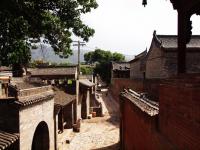 Located in the Zhangbi village of the Dragon-Phoenix Town, 10km southeastern of Jiejiu City, the Zhangbi Ancient Castle is backing on Mianshan, facing the green field, rising1040 meters above sea level. Zhangbi Ancient Castle is one of the National Heritage Conservation Units and at the same time was named as one of the Top 10 Charming Town by CCTV in year 2005.
Located in the Zhangbi village of the Dragon-Phoenix Town, 10km southeastern of Jiejiu City, the Zhangbi Ancient Castle is backing on Mianshan, facing the green field, rising1040 meters above sea level. Zhangbi Ancient Castle is one of the National Heritage Conservation Units and at the same time was named as one of the Top 10 Charming Town by CCTV in year 2005.Zhangbi Ancient Castle is famous for its underground tunnels and there are also five great god's temples, Buddhist style building and mural paintings from the Ming and Qing dynasties. The village gathers historic relics and monuments, including remains from the Xia and Shang Dynasties, underground tunnels from the Sui and Tang Dynasties, tombs from the Jin Dynasty, theater stages from the Yuan Dynasty and residences from the Ming and Qing Dynasties.
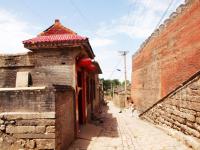 Zhangbi Ancient Castle is well known for its unique architecture where it looks like a castle on the ground but in fact, there is a long tunnel which connects this castle with the world outside underground. These tunnels were made in the time when the Chinese people fought against the Japanese invaders. Such hidden underground tunnels connect from one village to other village, from one house to other house, giving the Japanese a heavy fight back. Walking in the secret tunnels, you might feel like entering a labyrinth. It had been a multi-purpose castle which served as a military center, residential area, production site as well as religious activity throughout the history. The tunnel system is divided into 3 layers. The top layer is only 1 meter deep from the ground, the middle is 8 to 10 meters deep, and the bottom is 17 to 20 meters deep.
Zhangbi Ancient Castle is well known for its unique architecture where it looks like a castle on the ground but in fact, there is a long tunnel which connects this castle with the world outside underground. These tunnels were made in the time when the Chinese people fought against the Japanese invaders. Such hidden underground tunnels connect from one village to other village, from one house to other house, giving the Japanese a heavy fight back. Walking in the secret tunnels, you might feel like entering a labyrinth. It had been a multi-purpose castle which served as a military center, residential area, production site as well as religious activity throughout the history. The tunnel system is divided into 3 layers. The top layer is only 1 meter deep from the ground, the middle is 8 to 10 meters deep, and the bottom is 17 to 20 meters deep.Besides, there are 16 temples preserved through history. Some of the temples are Buddhist, some of Taoist, and some others are dedicated to many gods in Chinese folk mythology. The most famous one is the palace of the Kongwang Buddha in the Ming Dynasty, which has three halls, dramatic murals and vivid statue of Kongwang Buddha. The roof of the hall was decorated by three-color glaze, in exquisite cutting technique and breathing images.
